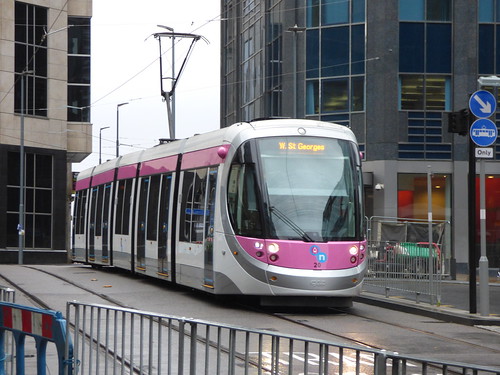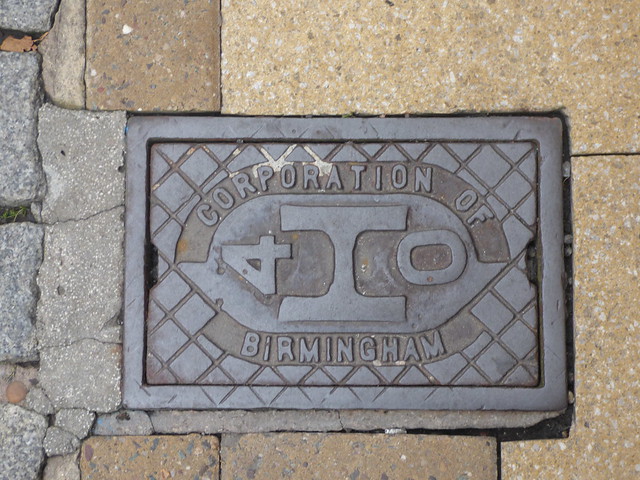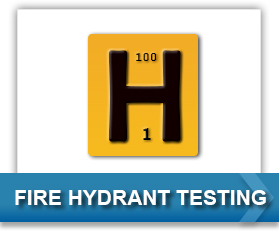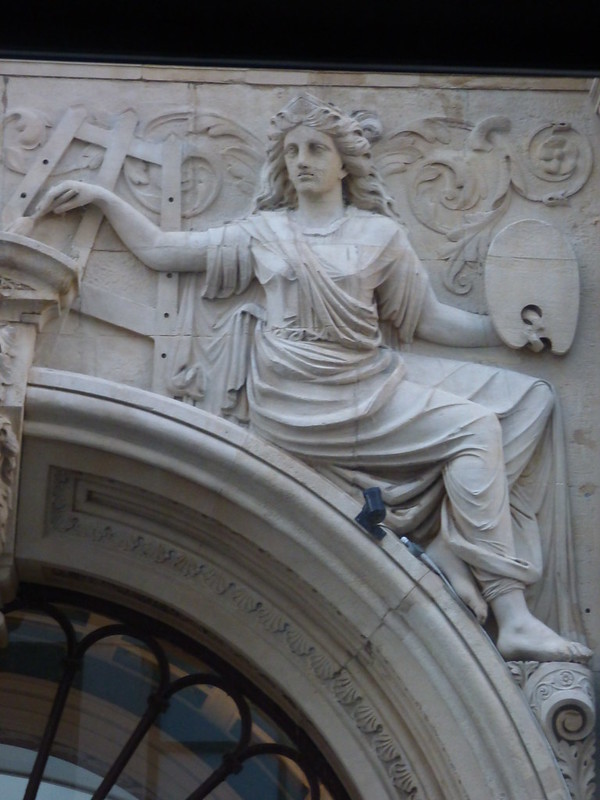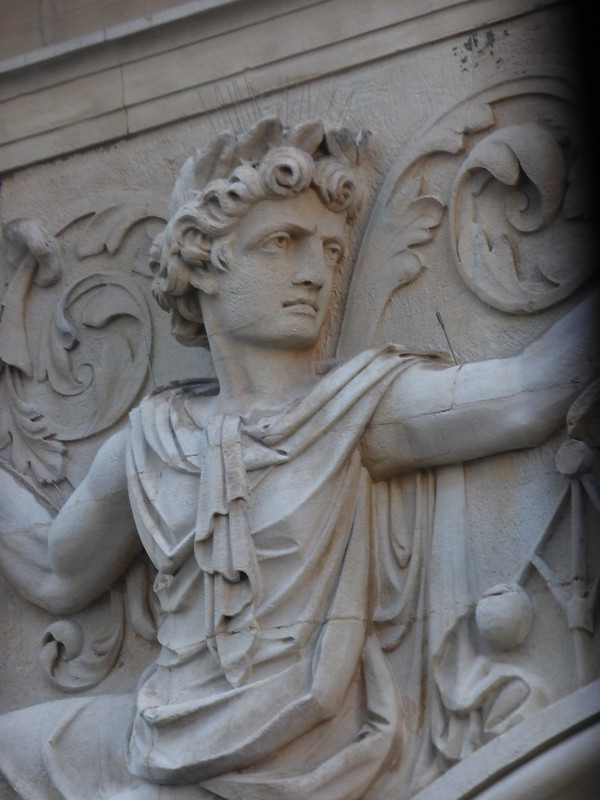ellbrown
ell brown on Flickr
The replacement building on the corner is currently under scaffolding and is between the Great Western Arcade and Colmore Gate. Current retailers on the ground floor include Six/Eight Kafe and Forbidden Planet (both have basement levels). A-Plan Insurance is at the corner. Not sure how long the refurbishment of the building will take though.



